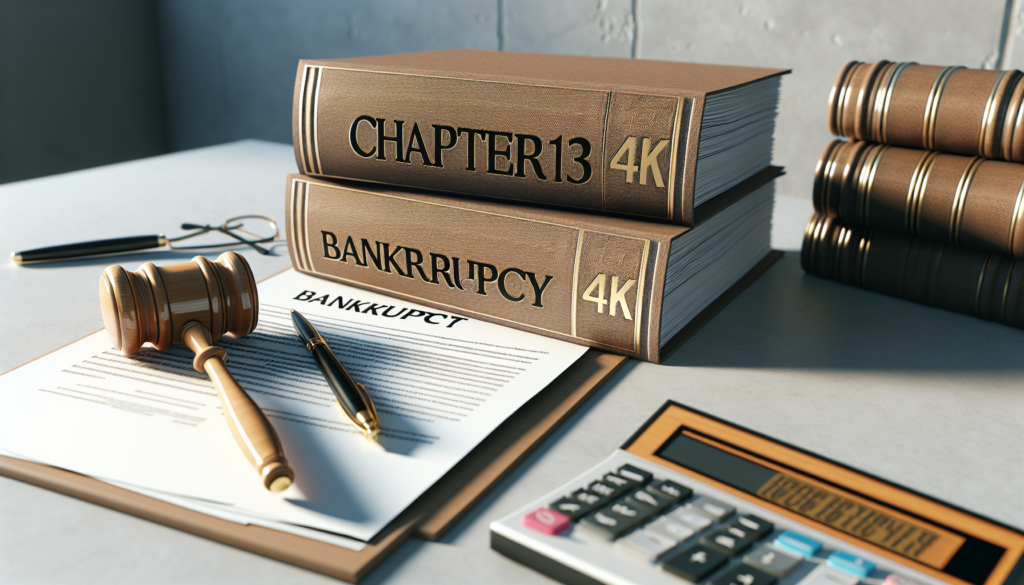
A Chapter 13 plan, often referred to as a repayment plan, is a court-approved document outlining how a debtor proposes to repay creditors over a period of three to five years under Chapter 13 bankruptcy. This plan is central to the Chapter 13 bankruptcy process, allowing individuals with regular income to reorganize their debts and make manageable payments while retaining their assets. Here’s a detailed look at what a Chapter 13 plan involves:
Key Components of a Chapter 13 Plan
- Payment Duration: The length of the plan depends on the debtor’s income relative to the median income for their state. If the debtor’s income is below the median, the plan will typically last three years, unless the court approves a longer period for cause. If the debtor’s income is above the median, the plan usually extends over five years.
- Monthly Payment Amount: The plan specifies a single monthly payment amount that the debtor will make to the bankruptcy trustee. This amount is determined by considering the debtor’s disposable income, which is the income left over after paying for necessary living expenses.
- Distribution to Creditors: The plan details how funds will be distributed among the debtor’s creditors, including priority debts (such as back taxes and child support, which must be paid in full), secured debts (like mortgages or car loans, which can be restructured or paid off through the plan), and unsecured debts (such as credit card debt, which may not require full repayment).
- Treatment of Secured and Priority Debts: The plan must provide for full payment of all priority debts and may allow for the modification of secured debts, depending on the type of debt and the collateral securing it.
Approval and Confirmation of the Plan
- Filing with the Court: The debtor must file the proposed repayment plan with the bankruptcy court, typically at the time of filing the Chapter 13 bankruptcy petition or shortly thereafter.
- Creditors’ Objections: Creditors have the opportunity to review the plan and can object to its terms if they believe it does not comply with legal requirements or treats them unfairly.
- Confirmation Hearing: A confirmation hearing is held, during which the bankruptcy judge decides whether to approve the plan. The court will confirm the plan if it finds that it complies with the Bankruptcy Code and is proposed in good faith.
Execution of the Plan
- Payments to the Trustee: Once the plan is confirmed, the debtor begins making the specified monthly payments to the bankruptcy trustee, who then distributes the funds to creditors according to the plan’s terms.
- Modification: If the debtor’s financial situation changes significantly during the plan period, they may request a modification of the plan to reflect their new circumstances.
- Completion and Discharge: After the debtor completes all payments under the plan, they are eligible to receive a discharge of most remaining debts. Some debts, such as student loans and certain taxes, may not be dischargeable.
Importance of the Chapter 13 Plan
The Chapter 13 plan is crucial because it provides a structured path for debtors to repay their debts while protecting them from foreclosure, repossession, and other creditor actions. It also allows debtors to catch up on missed mortgage or car payments, potentially discharge a portion of their unsecured debts, and retain their property.
Creating a feasible and compliant Chapter 13 plan requires careful consideration of the debtor’s financial situation and a thorough understanding of bankruptcy laws. Debtors often benefit from the assistance of a bankruptcy attorney in preparing and negotiating their repayment plan.

Get a Free Bankruptcy Case Evaluation